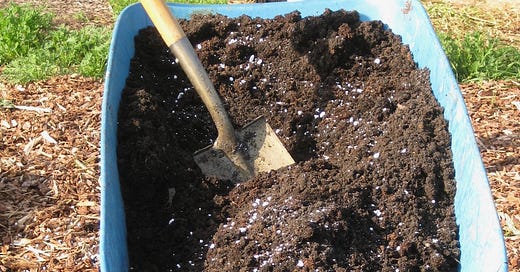Make Your Own Planting Mix
The companion piece to Tuesday's podcast - Ep. 326, "Peat Moss, Coir, & Reusing Old Potting Soil"
Keep reading with a 7-day free trial
Subscribe to Beyond The Garden Basics with Farmer Fred to keep reading this post and get 7 days of free access to the full post archives.



